Professor Bill Black tells it like it is ... was

The following is Professor William Black's testimony to the House Financial Services Committee's hearing on the failure of Lehman Brothers in 2008.
Professor Black's qualifications which are about as long as your right arm, can be found here .
.
The following is an interview with Professor Black on the street in New York City during the Occupy Wall Street happening this past fall wherein he discusses having put over 1000 banksters in jail during the 1980's Savings and Loan meltdown, and the cause (not causes) of our present issues .....
FRAUD.
Very good stuff, you should watch it.
If you like Professor Black, here's his interview with Bill Moyers who is one of the only mainstream journalist paying any attention to the pervasive corruption that is Wall Street and Washington DC.
with Bill Moyers who is one of the only mainstream journalist paying any attention to the pervasive corruption that is Wall Street and Washington DC.
- Read more about Professor Bill Black tells it like it is ... was
- Log in or register to post comments



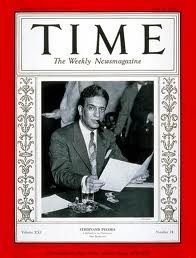
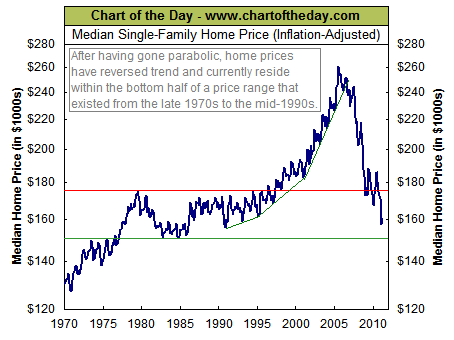
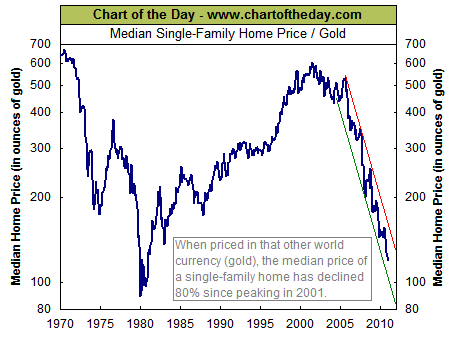
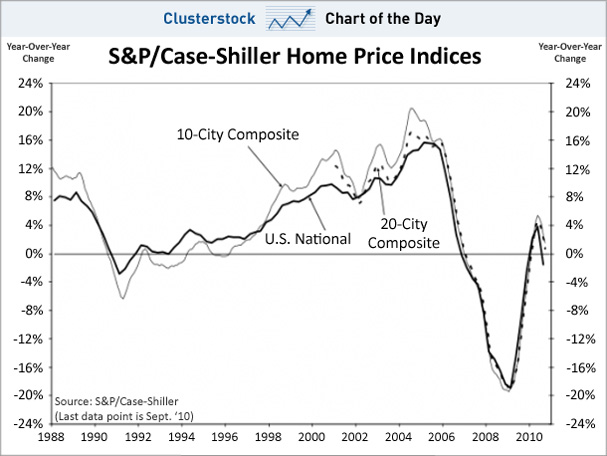
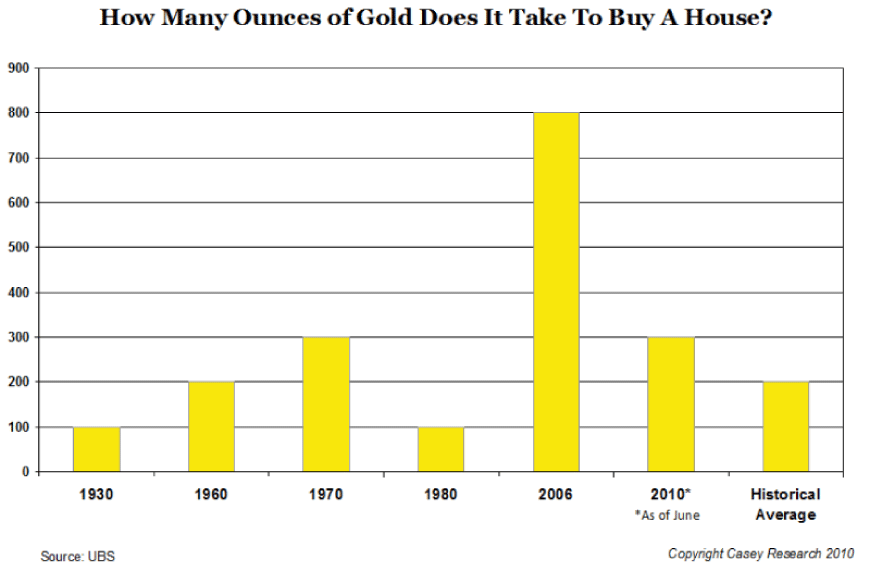
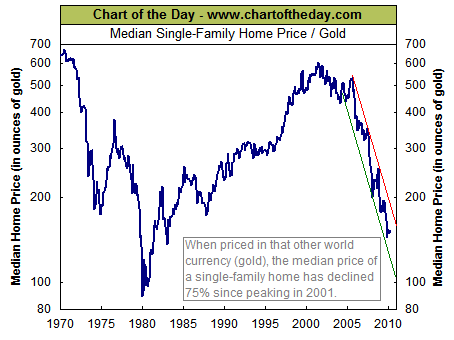

















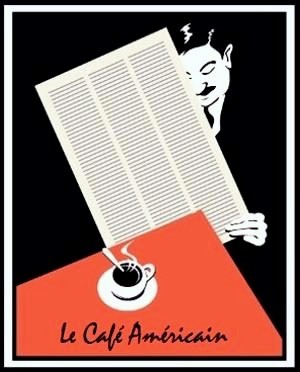
























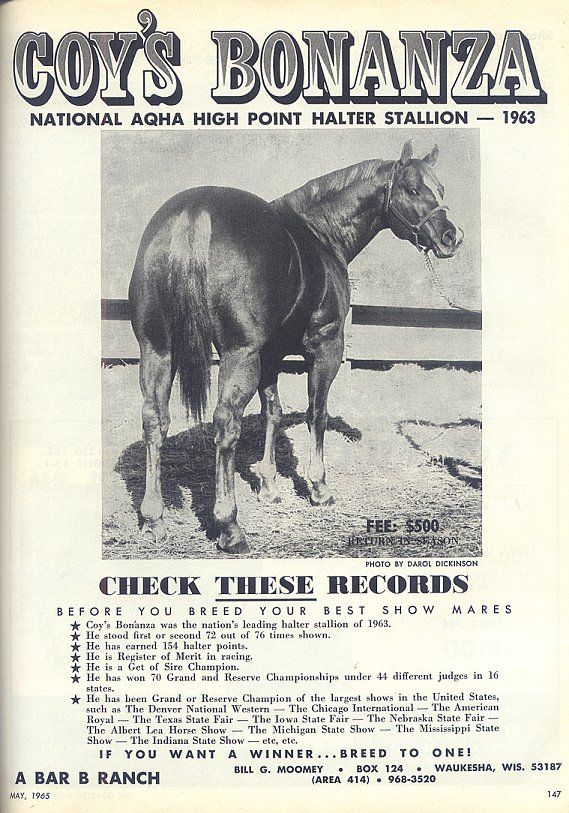
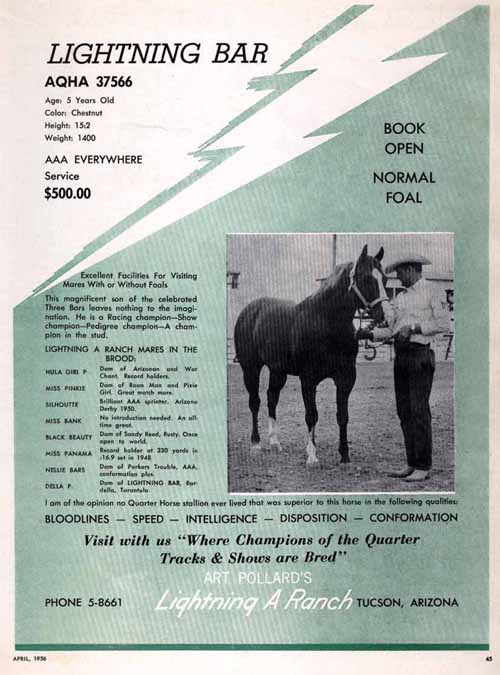




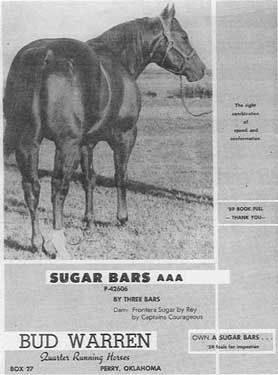
![[Most Recent Quotes from www.kitco.com]](http://www.kitconet.com/charts/metals/gold/t24_au_en_usoz_2.gif)




![[Most Recent Quotes from www.kitco.com]](http://www.kitconet.com/charts/metals/silver/t24_ag_en_usoz_2.gif)





